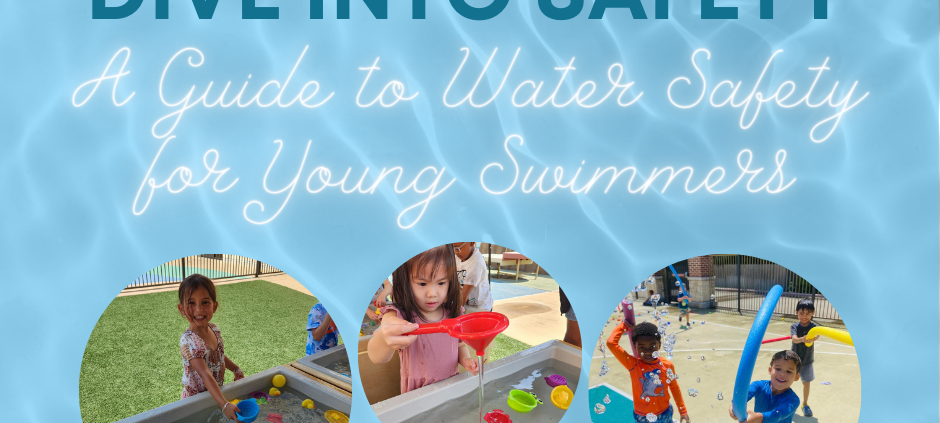Dive into Safety: A Guide to Water Safety for Young Swimmers
As the temperatures rise and summer approaches, many families are gearing up for fun-filled days by the water. While aquatic adventures can be a source of joy and recreation, ensuring the safety of young swimmers is paramount. As advocates for early education, we believe in equipping parents and caregivers with essential knowledge on water safety for children. In this blog post, we explore key tips and practices to make water activities enjoyable and, above all, safe for the little ones.
Supervision is Non-Negotiable
The golden rule of water safety for children is constant, vigilant supervision. Whether it’s a pool, beach, or bathtub, never leave a child unattended in or near the water. Designate a responsible adult as the designated “water watcher” who remains focused on the children in the water.
Teach, Don’t Hesitate
Early education on water safety is crucial. Teach children basic swimming skills as early as possible. Enroll them in age-appropriate swimming lessons, where they can learn essential water survival techniques and gain confidence in the water.
Establish Clear Pool Rules
If you have a pool at home or are visiting one, establish and enforce clear pool rules. These may include no running, no diving in shallow water, and always entering the water feet first. Consistent reinforcement of these rules helps instill good water safety habits.
Invest in Proper Safety Gear
Ensure that children wear properly fitting life jackets or personal flotation devices (PFDs) when in or around bodies of water, especially if they are not confident swimmers. Make it a habit for them to wear these devices during boating or water sports activities.
Fence It In
If you have a home pool, install a four-sided fence with a self-closing and self-latching gate. This barrier adds an extra layer of protection, preventing unsupervised access to the pool.
Be Weather-Wise
Keep an eye on weather conditions before heading to the water. Avoid swimming during thunderstorms, and educate children about the importance of listening to lifeguards and adult supervisors when weather conditions change.
Buddy System
Encourage the buddy system – always swim with a buddy, even in shallow water. Having a swimming companion adds an extra layer of safety, and children can look out for each other.
Know the Environment
Whether it’s a lake, river, or ocean, familiarize yourself with the specific water environment. Be aware of underwater hazards, strong currents, and any potential dangers. Knowledge about the water body enhances your ability to keep children safe.
Limit Distractions
When supervising children in or around water, avoid distractions like phone use or engaging in lengthy conversations. Stay focused on the children to ensure a quick response in case of an emergency.
Emergency Preparedness
Equip yourself with basic knowledge of CPR and other life-saving techniques. The ability to respond swiftly in case of an emergency can make a significant difference in the outcome.
Water safety for children is a shared responsibility that involves both education and diligence. By incorporating these tips into your family routines and outings, you not only provide a foundation for a lifetime of safe water activities but also create positive and enjoyable experiences by the water. Let’s make this summer a season of fun and safety for our young swimmers!



